|
|
How can sustainability efforts succeed without animal protection laws?
If climate risk mitigation efforts are focused exclusively on preserving humanity, our mission will fail. Humanity requires a thriving wildlife population to function as a healthy species.
Beyond sustainable investing and energy regulations, climate legislation needs to prioritize animal and wildlife protection.
Imagine a bill that divests from fossil fuels “to protect the climate” while doubling down on a brand new airport that threatens essential flora and fauna in that region. Governments do stuff like this all the time.
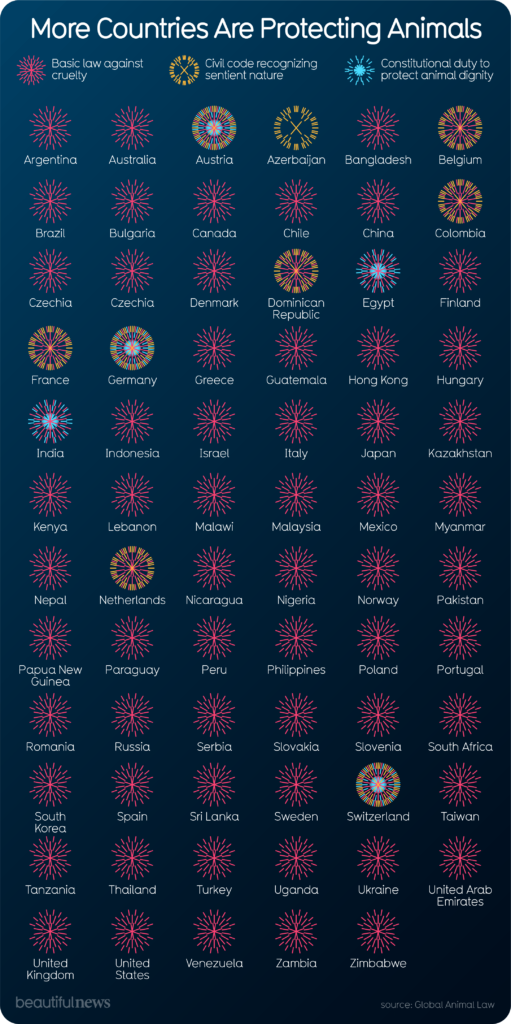
A proper understanding of conservation begins with empathy for wildlife. We must treat all animals — not just your dog — like the science says you should. If you care about Nature, conservation is arguably more important than climate tech.
Once a natural habitat is damaged, it becomes near impossible to restore it to its original state.
Dig deeper → 2 min
The science is out on animals
Ethologists like Jonathan Balcombe, author of “What A Fish Knows”, are slowly debunking myths about animal intelligence. Man’s outdated perceptions of our underwater and in-the-forest cousins are coming to light as science meets PETA.
Animals are sentient beings. It’s not a romance novel, it’s the world we live in. Animals experience a wide range of emotions. The Pythagoreans believed that animals experience the same range of emotions as humans.
And the science increasingly shows compelling evidence that for many animals, that may be true. That includes fear, joy, happiness, shame, embarrassment, resentment, jealousy, rage, anger, love…
But our laws have to catch up. More countries are protecting animals, but there is still much work to be done. The scientific consensus on animal sentience does not match government standards in the developed world.
The animal manifesto
Every squirrel, every rabbit, every bear, every fish serves a clear, identifiable role in Earth’s ecosystem except for two creatures: invasive species like pythons in the Everglades…. and mankind.
Just to illustrate how poorly we perceive marine life and animals: ‘fish’ is a scientifically inaccurate term — there are more types of fish on Earth than there are land species. In fact, in a physiological sense, a tuna is more closely related to a human than a shark.
Humans as protectors
Man certainly plays a role in this crazy floating ball universe, but we’ve drifted so far from our hunter-gatherer origins that our ecological purpose is becoming harder and harder to define. As such, it is the moral responsibility of man to act as benevolent stewards for the vulnerable, voiceless animal kingdom.
It’s no secret that neighborhoods are expanding into territories once reserved for wildlife. Over the last 100 years, we’ve built highways, tunnels, and bridges over forests, mountains, and rivers.
Historic infrastructure investment through the 20th century undoubtedly propelled the human experience beyond what our predecessors thought imaginable. Think of how seamlessly we travel throughout the United States compared to one generation before us.
Yet, the facilitation of domestic travel comes with clear consequences. As we expand our footprint, we enter parts of the country long untouched by man.
The evolving countryside
Rural America of the 21st century is laden with department stores, strip malls, and shopping centers. And a shopping mall in mountainous Colorado might have a different environmental impact than a mall in coastal Massachusetts.
The Rocky Mountains, for example, is packed with lions, wolves, and bears. Ecologically overnight, these areas are invaded with homes and humans dominated by apex predators for centuries.
Should we be surprised when we a giant cougar goes face to face with our precious little puppy?
A cougar does not invade your domain. You invade a cougar’s domain. Think about it. 100 years of human development is an evolutionary millisecond; their instincts are incapable of contextualizing recent human progress. They can’t unlearn their evolutionary traits, pack their bags, and move elsewhere.
The only way to solve the wildlife problem is to prioritize and respect wildlife territories as something “unhuman”. Sure, we can live in remote areas, but the second you move there, every pound of cement, inch of wood, block of brick, should bear your natural surroundings in mind.
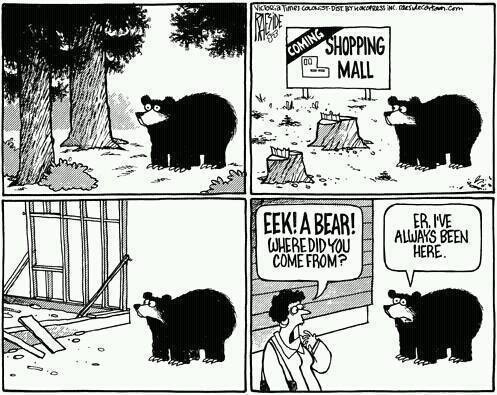
Animal lives matter
Because animals can’t speak, we treat them differently. But non-verbal communication is not a sign of simplicity, it’s just a different way of conveying a message. Just like horses can’t write a speech, human’s can’t find natural shelter during a hurricane.
The next sustainability chapter of post-industrial society begins with a recognition of animals as they are, fellow Earthlings deserving of basic rights. As long as pigs are burned in gas chambers for a tasty bacon breakfast, our world is far from a sustainable dream.
Bottom line
Today, most advanced nations do not recognize animals as sentient beings. And we expect sustainable lifestyles to be widely adopted in our homes? You have to learn how to drive a car before lifting up the hood to fix it.
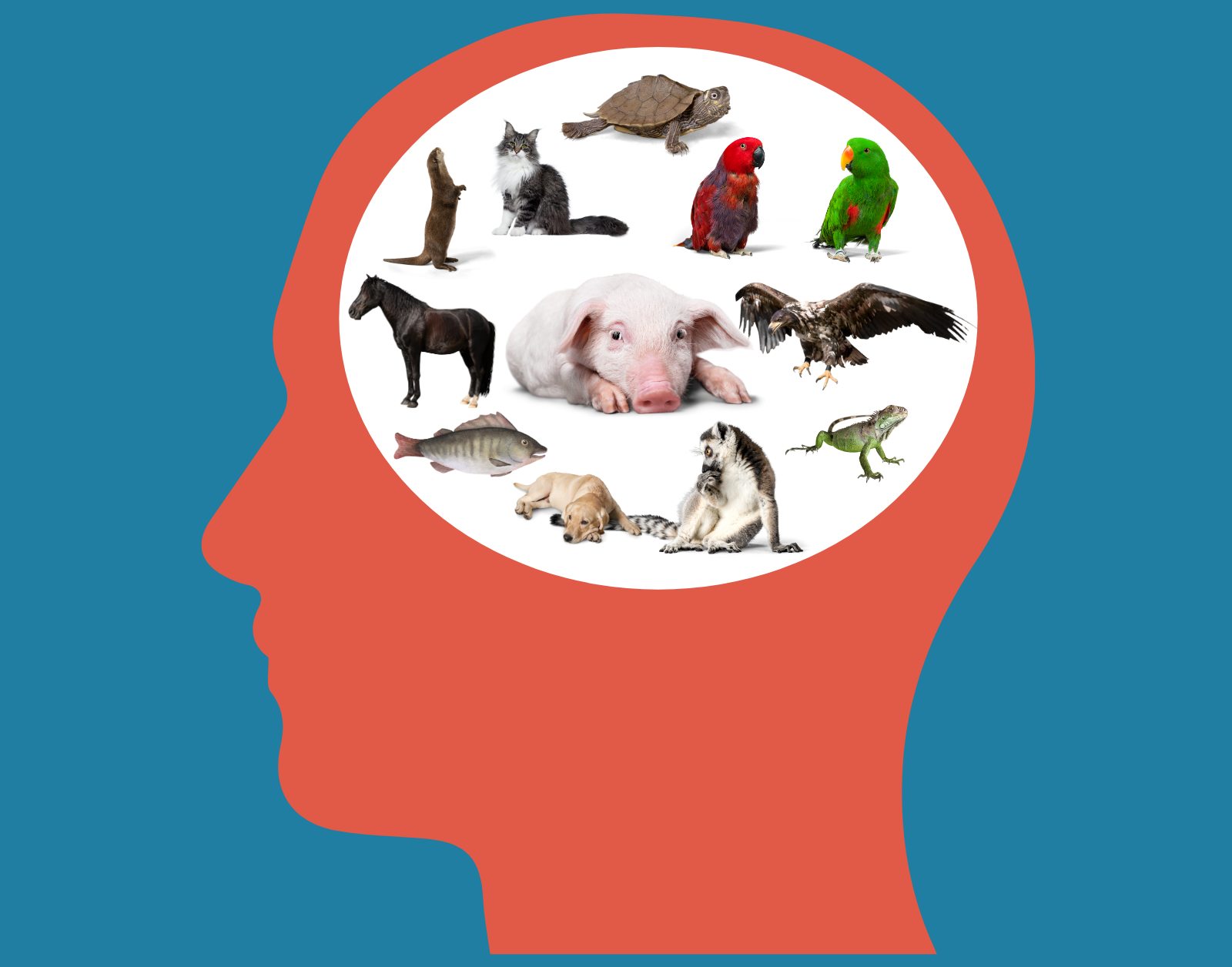
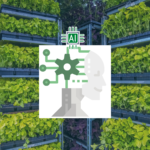



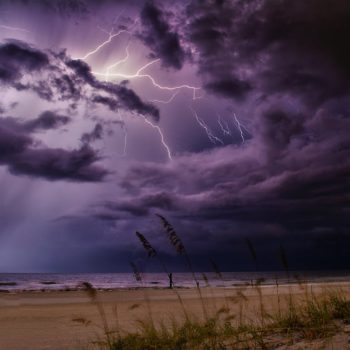

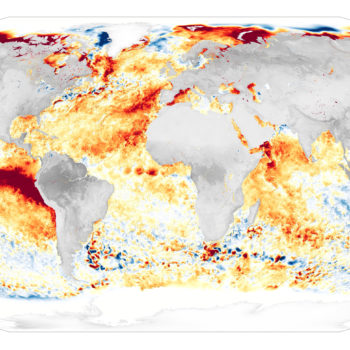





No Comments